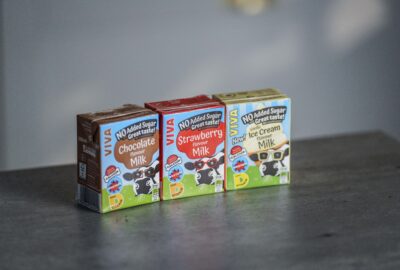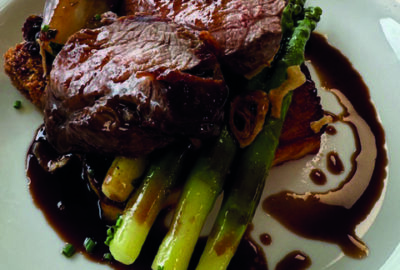Tackling fat, oil and grease (FOG) is an unglamorous, overly ignored, but very significant issue for foodservice. What is FOG? Fats, oils and grease are not simply the leftover cooking oils and fats, but derive also from food itself, from meat, dairy, and fish, alongside sauces and general food scraps.
Mishandling FOG, and allowing it to enter the drain, severely impacts the health of our sewers, and can create ‘fatbergs’. FOG acts like glue and develops into fatbergs by emulsifying with detergent, wet wipes, and other non-flushable items, congealing, cooling and forming a cement like substance, which blocks sewers.
HOW TO MANAGE FOG EFFECTIVELY
1. Survey your kitchen, checking every drain, waterway, sink and piece of equipment that flows into the main pipes
2. Sizing – incorrectly sized grease equipment will not function properly and ultimately lead to complications
3. Reducing FOG – consider how much fat or oil is used in each dish and identify areas where it can be reduced or swapped for other ingredients
4. Appoint a staff member to take ownership of your FOG and waste oil management
The Sustainable Restaurant Association and Kingspan have created a toolkit to help operators tackle FOG, which can be downloaded at https://foodmadegood.org/fog-toolkit/



